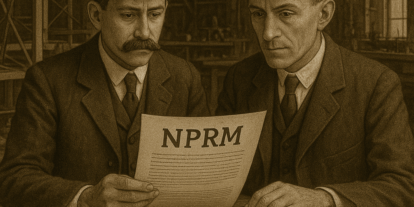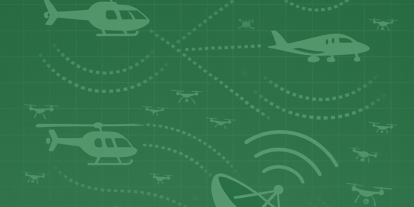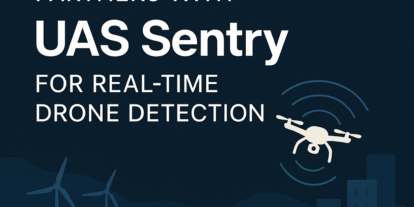As the FAA recently stated while posting their final rules for the Remote ID of drones, UAS now represents that fastest-growing segment across transportation sectors. And while those rules will be a key building block, they don’t go into effect for another two years. In the meantime, the genie is out of the bottle.
In the spirit of advancing broader understanding, we’re sharing some analysis of what we’ve learned from recent feature introductions to the B4UFLY app.
App Users Are Tapping Into Web-Based Situational Awareness
There’s nothing like data to illustrate how drone pilots, both recreational and commercial, want to be safe citizens of the airspace. They don’t always understand all the regulations or why you are indeed allowed to fly your drone near small municipal airports, but without question, they seek out understanding. We know this because users have looked up airspace safety information close to 8 million times since we launched the new B4UFLY in the summer of 2019.
As we’ve continued to refine the user experience and improve the speed and performance of B4UFLY, users and usage have grown in kind. Despite having the least amount of daylight available and not to mention the coldest temperatures, December 2020 marked a new monthly record for activity in B4UFLY, with airspace activity up more than 60% year over year.
Drone pilots naturally think about airspace information as digital and connected. They aren’t looking for static information on PDF maps or stale websites. They’re seeking out real-time and reliable information that meets today’s expectations of fast, friendly, design-centric, and intuitive information. Most notably, drone pilots are also looking to contribute data, sharing knowledge of local drone rules and even their intent to fly.
Findings from Crowdsourced Airspace Data
Since we launched B4UFLY crowdsourcing in November, we’ve received over a thousand data submissions — averaging one new submission per hour for the month of December. Contributors included a wide range of airspace stakeholders, from drone pilots to local and state government officials.
When users flagged an existing advisory (less than 5% of all submissions), most of the questions dealt with municipal airports. This is fantastic learning and we’re working on a number of ways to help users understand how to think about airports in the context of controlled versus uncontrolled airspace.
When users submitted new data for inclusion on the map, the reasons were varied from concerned property owners to local airports and heliports. Yet, the biggest segment of submissions (over 40%) were from recreational and commercial operators sharing flight intent information.
Of All B4UFLY Submissions To-Date Were Recreational/ Commercial Operational Intent Notices
It’s telling when even using a tool intended for 1:1 communication, a large subset of users want to share their flight info from 1:many.
As much separation as there is between “manned” and “uncrewed” operations, I cannot think of better evidence of pilots being pilots and doing what’s best for the safety of the totality of the national airspace than sharing where they’ll be flying. Without requirements, regulations, or mandates, users are freely sharing situational information that will impact airspace safety. Moreover, users are starting to expect this data as part of their everyday airspace experience.

Bobble_gum, we couldn’t agree more.
Jon Hegranes - Aloft CEO
Jon is the Founder & CEO of Aloft, the market leader in drone airspace systems & UTM technologies. Aloft’s patented technology is used in today’s leading recreational, enterprise, and government drone applications.
Jon is a certified commercial drone pilot as part of FAA Part 107, the founder of the Drone Advisory Council, and is an active member of other industry groups, including GUTMA, NBAA Emerging Tech, the FAA’s Advanced Aviation Advisory Committee (AAAC) and working groups, and is a founding member and data working group chair of the FAA Drone Safety Team. He’s a self-taught iOS developer, writes about drone topics for technology news outlets including VentureBeat, TechCrunch, and Forbes, and regularly speaks at industry events such as Commercial UAV Expo, 2B Ahead Future Congress, and DJI AirWorks. Jon graduated from TCU with a major in finance and received his MBA from Thunderbird Global School of Management (ASU). Jon has served on multiple FAA Advisory and Rulemaking Committees (ARCs), including drone detection, counter UAS, and Beyond Visual Line of Site (BVLOS).



